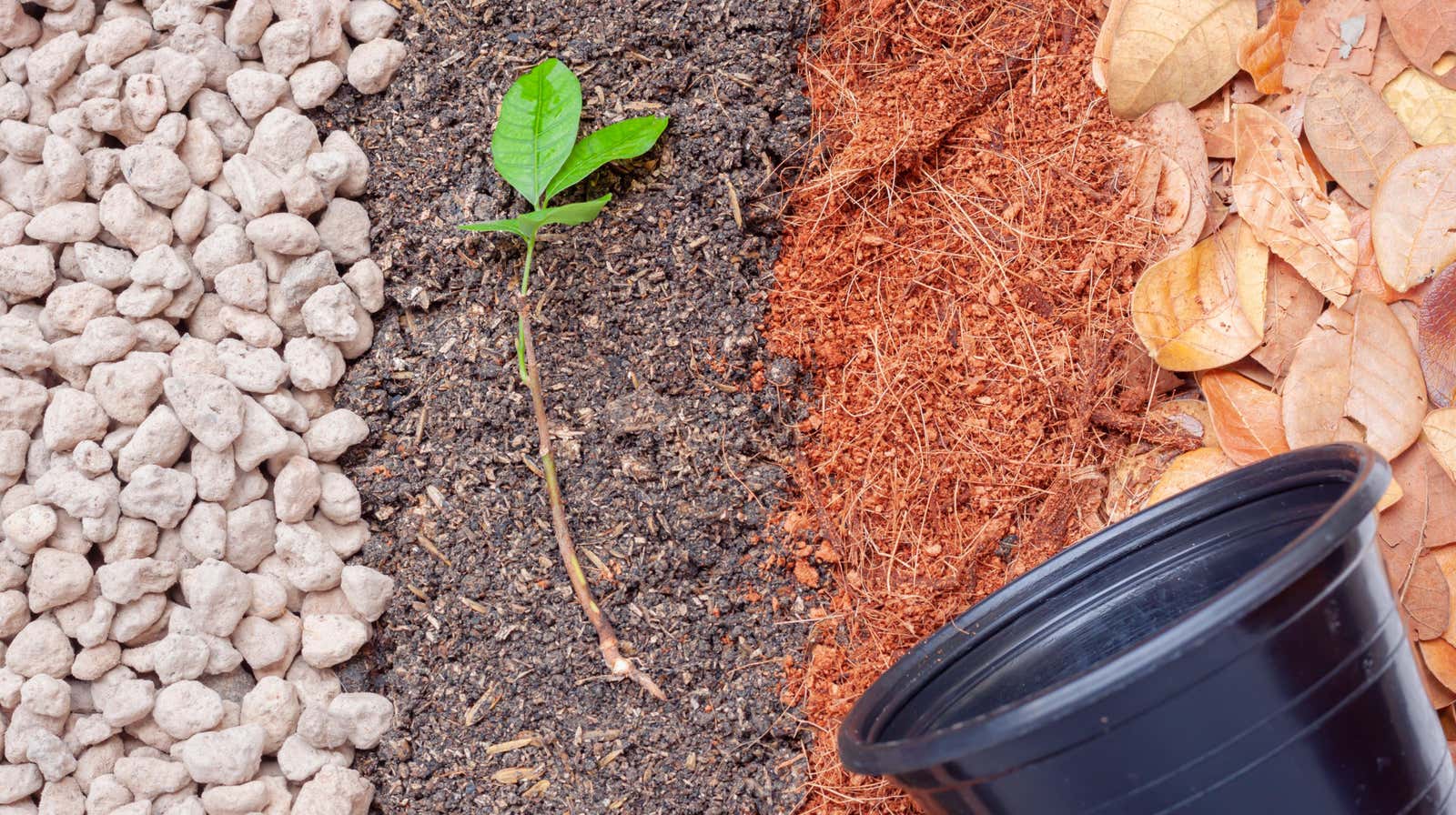How and When to Add Pumice to the Soil

When it comes to caring for plants, the focus is on making sure they get enough sunlight and water. But even if this is the case, your plants won’t thrive if they don’t get what they need from the soil.
Sometimes adding another material, such as pumice, to the mix can help. Here’s how and when to add pumice to the soil.
What is pumice?
Pumice is a light, porous rock formed when volcanoes erupt with such force that the magma becomes frothy and then quickly cools, leaving bubbles in the newly created stone. It is a popular soil additive due to its ability to regulate moisture and give it some structure.
Other benefits of pumice stone include:
- Soil compaction prevention
- Ensuring that the soil does not become waterlogged after heavy rain (or over-watering)
- Constantly releasing water into the soil
- Be sterile – free from disease or parasites
When to Add Pumice to the Soil
While pumice can be a useful addition to the soil for most plants due to its ability to improve drainage, it tends to be especially handy for those who need either a lot of water or very little water. Some examples of these include :
- ferns
- Aroids (such as monsteras and philodendrons)
- caudex
- Peperomia
- Succulents and cacti
How to add pumice to soil
While there are no hard and fast rules for adding pumice to soil, there are a few guidelines :
- General use: 10-15% pumice for normal potting mix.
- Tricky plants like monsteras and calatheas: 30% pumice
- Ferns and other water-sucking plants: just under 1/2 pumice and 1/2 soil.
- Cacti, succulents, and caudex: Mix pumice stone with something that doesn’t retain moisture, like sand.
And if you don’t get the mix right the first time, you can always go back and tweak it later.